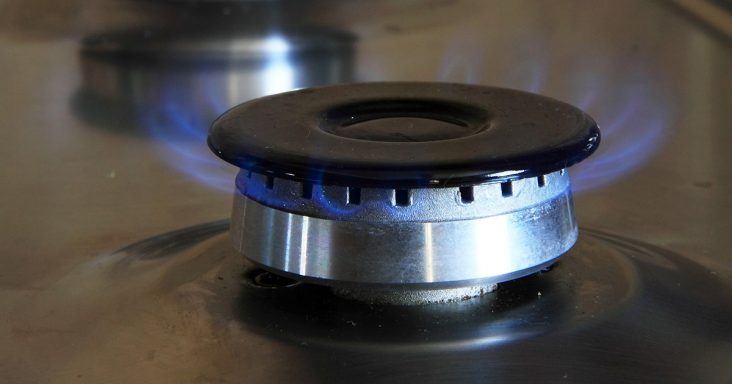Natural gas prices fall, warmer winter affects demand
by February 14, 2020 10:03 am 539 views

Natural gas prices have been at their lowest levels in decades, according to the U.S. Energy Information Administration (EIA).
On Feb. 10, the near-month natural gas futures price at the New York Mercantile Exchange (NYMEX) closed at $1.77 per million British thermal units. This was the lowest February closing price for the near-month contract since at least 2001, and the lowest near-month futures price in any month since March 8, 2016, according to Bloomberg L.P. and the Federal Reserve Economic Data.
The daily spot price at the Henry Hub national benchmark was $1.81 per million British thermal units on Feb. 10 and was the lowest price since March 9, 2016, according to Natural Gas Intelligence data. Over this winter heating season, Henry Hub spot prices have ranged between $1.81 per million British thermal units and $2.84 per million British thermal units because warm winter weather has reduced demand for natural gas heating. The rise in natural gas production has exceeded the increase in demand and reduced the need to withdraw natural gas from underground storage.
Dry natural gas production was an average of about 95 billion cubic feet per day in January, according to IHS Markit data. This was the third highest level of production on record, the data shows, and was slightly down from the previous two months.
U.S. dry natural gas consumption by residential, commercial, industrial and electric power sectors was an average of 96 billion cubic feet per day in January, and this was about 4.4 billion cubic feet per day less than the average for January 2019, according to IHS Markit. The lower consumption can be attributed to the decreased usage in residential and commercial sectors as a result of the warmer temperatures.
The overall consumption of natural gas, including feed gas to liquefied natural gas (LNG) export facilities, pipeline fuel losses and net exports by pipeline to Mexico, was an average of about 117.5 billion cubic feet per day in January, an increase of about 0.2 billion cubic feet per day from last year, according to IHS Markit. The overall increase can be attributed to a nearly doubling of LNG feed gas to about 8.5 billion cubic feet per day.
While the rise in supply has exceeded the increased demand for natural gas, less natural gas has been withdrawn from storage this winter. The winter heating season started with the third-lowest level of natural gas inventory since 2009, but by Jan. 17, working natural gas inventories rose to high levels for mid-winter. As of Feb. 7, natural gas inventories for the Lower 48 states were at a 215 billion cubic feet surplus to the five-year average, according to the EIA. More natural gas is expected to be in storage for the remainder of the winter than the previous five-year average.
January 2020 was the fifth-warmest January in the 126-year climate record of the National Oceanic and Atmospheric Administration. Heating degree days, which is a temperature-based metric for heating demand, have been low this winter and is consistent with a warmer winter. In late December and early January, the United States had 25% to 30% fewer heating degree days than the 30-year average. Through Feb. 8 of this winter, residential natural gas customers in the United States have had 11% fewer heating degree days than the 30-year average.
